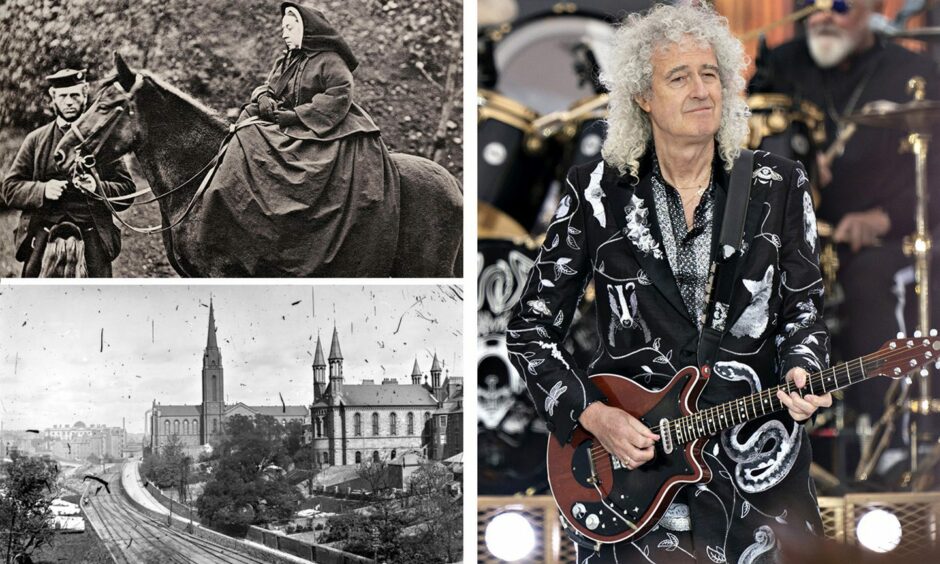
It’s a story which began with the birth in Aberdeenshire 200 years ago of one of the greatest pioneers in Victorian photography.
And the saga continued with a curious young boy in the 1950s having his imagination sparked by a free gift at the bottom of a cereal box.
Ever since that wow moment, Sir Brian May, rock musician, record producer, author, astrophysicist, environmentalist and university chancellor, has been in thrall to 3-D cameras and the sumptuous images of Aberdeen trailblazer George Washington Wilson.
May is most famous as the guitarist and singer-songwriter with Queen, who joined forces with Freddie Mercury, Roger Taylor and John Deacon 50 years ago to record a series of massive international hits including Bohemian Rhapsody, Under Pressure, Don’t Stop Me Now, We Will Rock You and We Are The Champions.
Sir Brian May captivated by work of trailblazer George Washington Wilson
Yet he has nurtured a long-time passion for the unstinting work ethic, bold techniques and grand vision of Wilson, who grew up in humble surroundings, but subsequently travelled to every part of his homeland, taking myriad pictures of mountains and monuments, boats and barges, chronicling the vibrant life in Scotland’s biggest cities, the remote island dwellers of St Kilda and enjoying privileged access to Queen Victoria and the royal family whenever they visited Balmoral for their annual holiday.
His success happened quickly after he established a portrait studio with John Hay at 25 Crown Street in Aberdeen. As the 1850s and 1860s progressed, he prospered through his well-developed technical and commercial acumen and earned a reputation as one of Scotland’s premier photographers, both in cultural and commercial terms.
Royal portraits
He produced numerous royal portraits, and explored Queen Victoria’s time in Scotland, including the construction of Balmoral and her participation in social engagements.
By 1864, he claimed to have sold more than half a million prints and also produced a copious amount of stereoscopic pictures whose main characteristic was that their exposures were very short, which offered another opportunity to broaden his horizons.
These snapshots from a bygone age bring the past to life: a time when trams ferried people round Aberdeen and steam trains passed the Denburn en route to the many stations dotted across the north-east. They depict evocative scenes from locations including Union Street and Belmont Street. And there is the poignant spectacle of a mass of kilted soldiers attending a commemorative ceremony on the Castlegate.
Among their number are incredible images of royalty, up close and personal, including one of the most iconic photographs ever captured of Queen Victoria and her faithful servant, John Brown, which was recreated for the award-winning film Mrs Brown.
His pictures have become increasingly popular in recent years, championed by Sir Brian, who has created his own London Stereoscopic Company, designed to highlight Wilson’s prodigious output in all its three-dimensional glory, and which has just released a new commemorative version of a book by his friend Professor Roger Taylor [not his Queen bandmate of the same name].
Queen star ‘fascinated by his work’
He said: “I grew up fascinated by his work when I was a child and that passion for the subject has stayed with me ever since. Wilson photographed the unique beauties of the Scottish countryside in the 1860s with his stereoscopic camera. He was a genuine innovator. I recall, as a youngster, seeing these pictures in a cereal box – the first one was of two hippopotamuses – and sending off my 1/6d and my box tops.
“It was one of those moments which changed my life and I am very glad that it happened. When we first met [Brian and Professor Roger] I was already an avid collector of stereo images, and I have been fascinated by all things 3-D since childhood.”
Prof Taylor explained why he had been captivated by the task of chronicling his subject’s life and unearthing the many disparate strands which surrounded it.
He said: “It started out like a silk thread, where the more you pulled, the more information you discovered about Wilson and his remarkable achievements. He came from a croft and became an entrepreneur. He was born in Alvah [on February 7 1823] and mixed with royalty. It’s good his name is becoming better known in his homeland.
Book on George Washington Wilson with introduction by Sir Brian May
“It is fitting we are celebrating the bicentenary of his birth as he was one of Scotland’s most significant photographers. Through the widespread distribution of his extraordinary stereoscopic images, he introduced the beauty and heritage of Scotland to a worldwide audience which helped lay the foundations of today’s tourist industry.”
By the time of his death in 1893, Wilson had handed over the business to his sons, Charles, Louis and John Hay Wilson, but although the firm was one of the largest publishers of photographic prints in the world, their heyday had passed by the start of the 20th Century and they closed in 1908.
However, Aberdeen University has a vast collection of images taken by Wilson which have been digitised, so viewers can zoom right into the pictures to read the words on the adverts, the destinations on the trams and other details. It is a treasure trove.
And the profile of his kind of magic is expanding thanks to the Queen connection.
George Washington Wilson Artist and Photographer, by Professor Roger Taylor with introduction by Sir Brian May, is available now. A special 200th anniversary offer is available from shop.londonstereo.com/BOOK-GWW.html
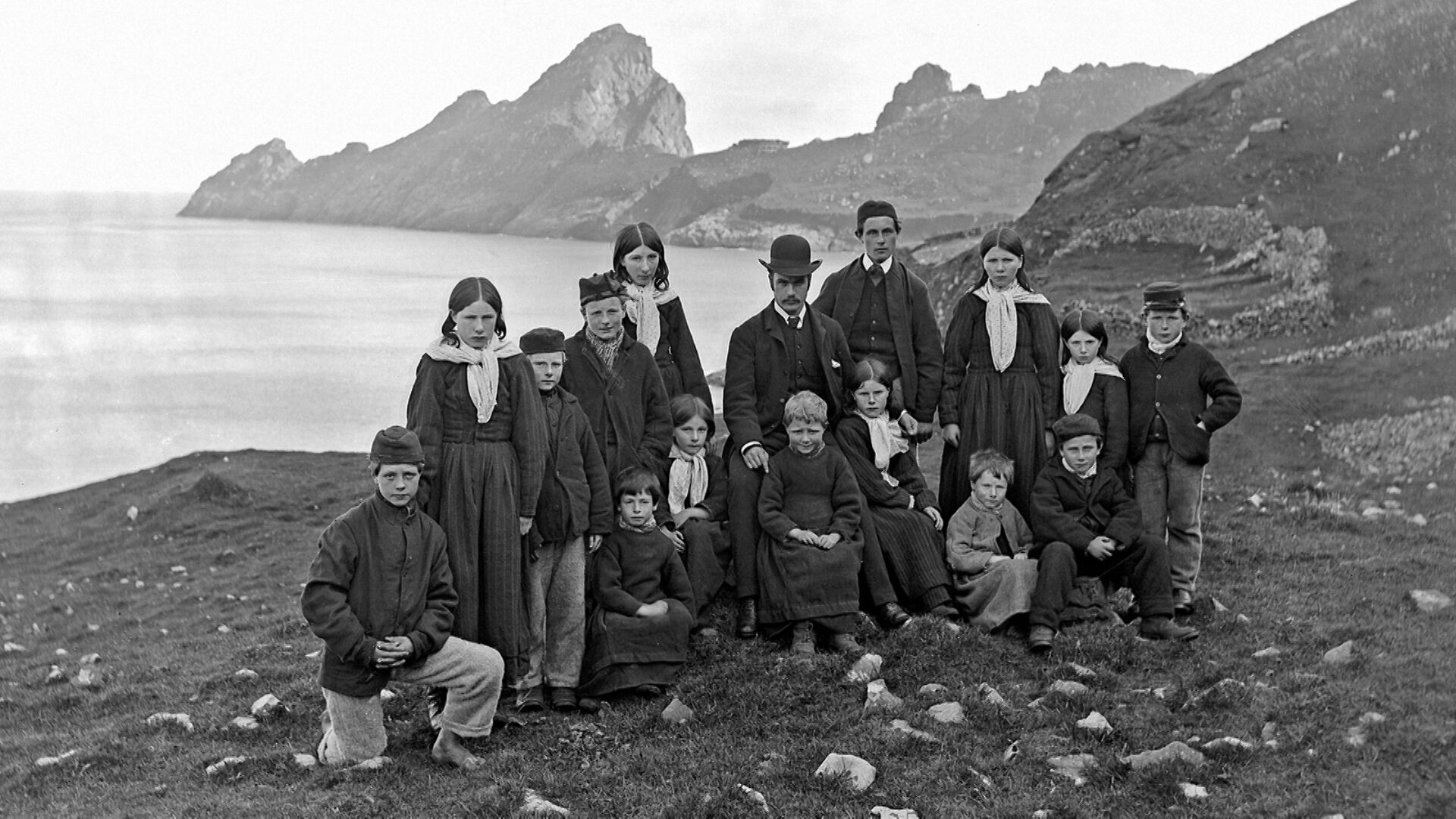
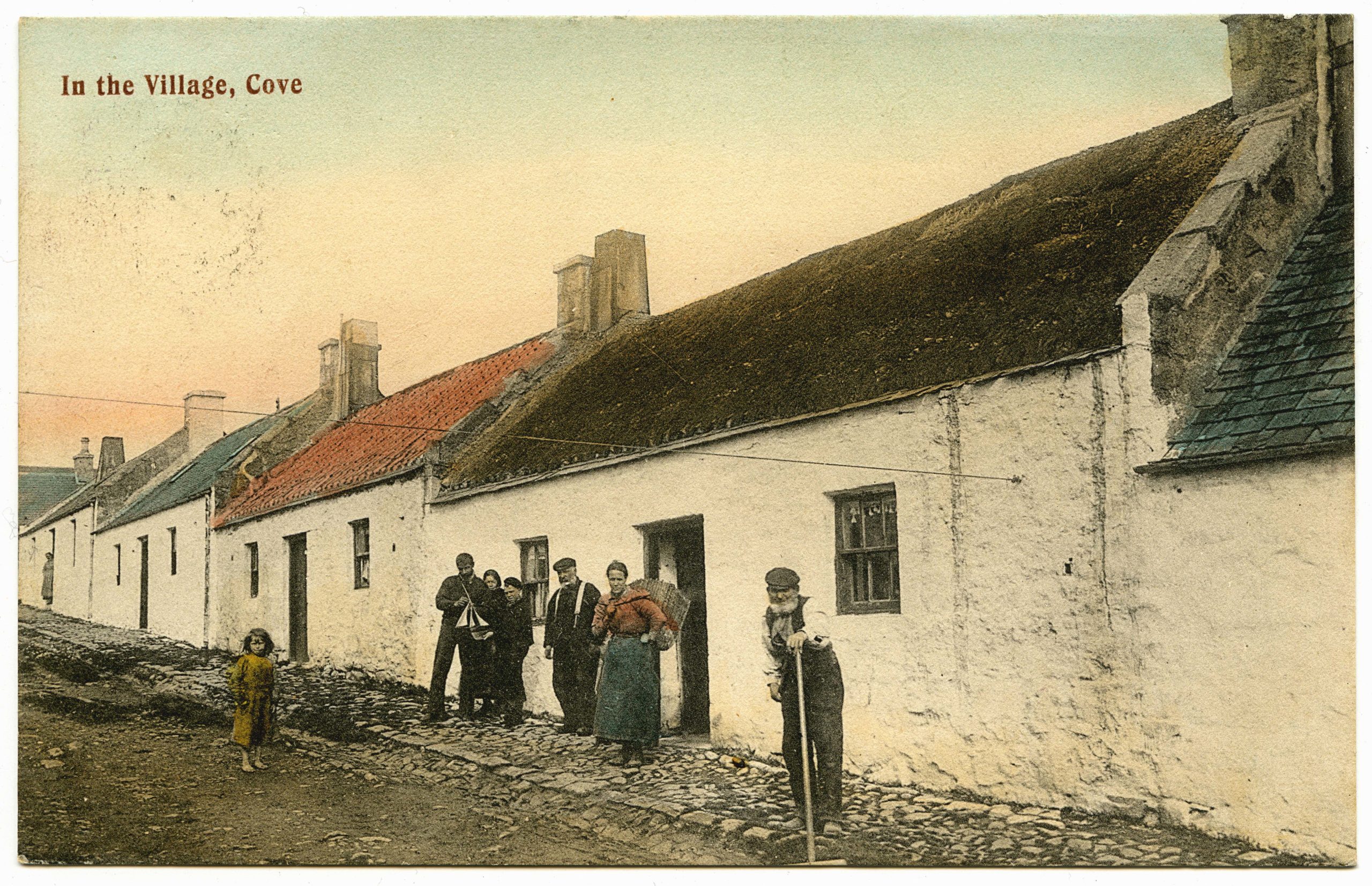
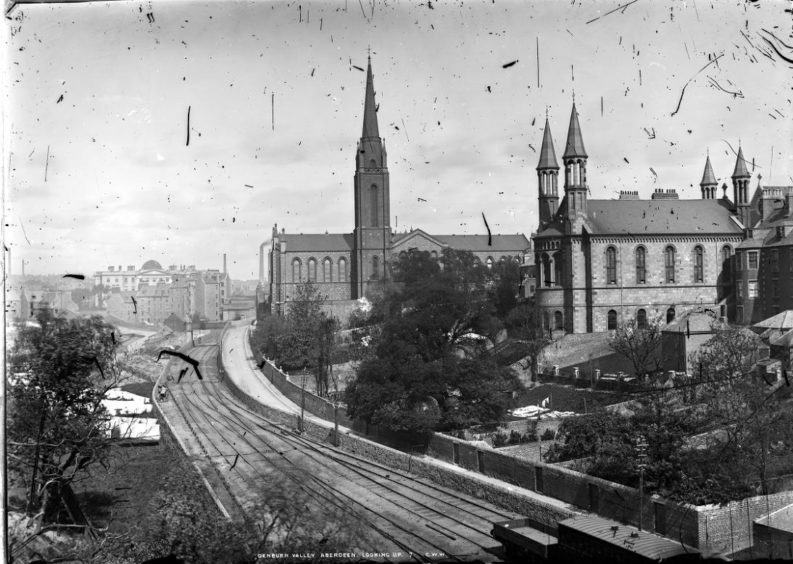
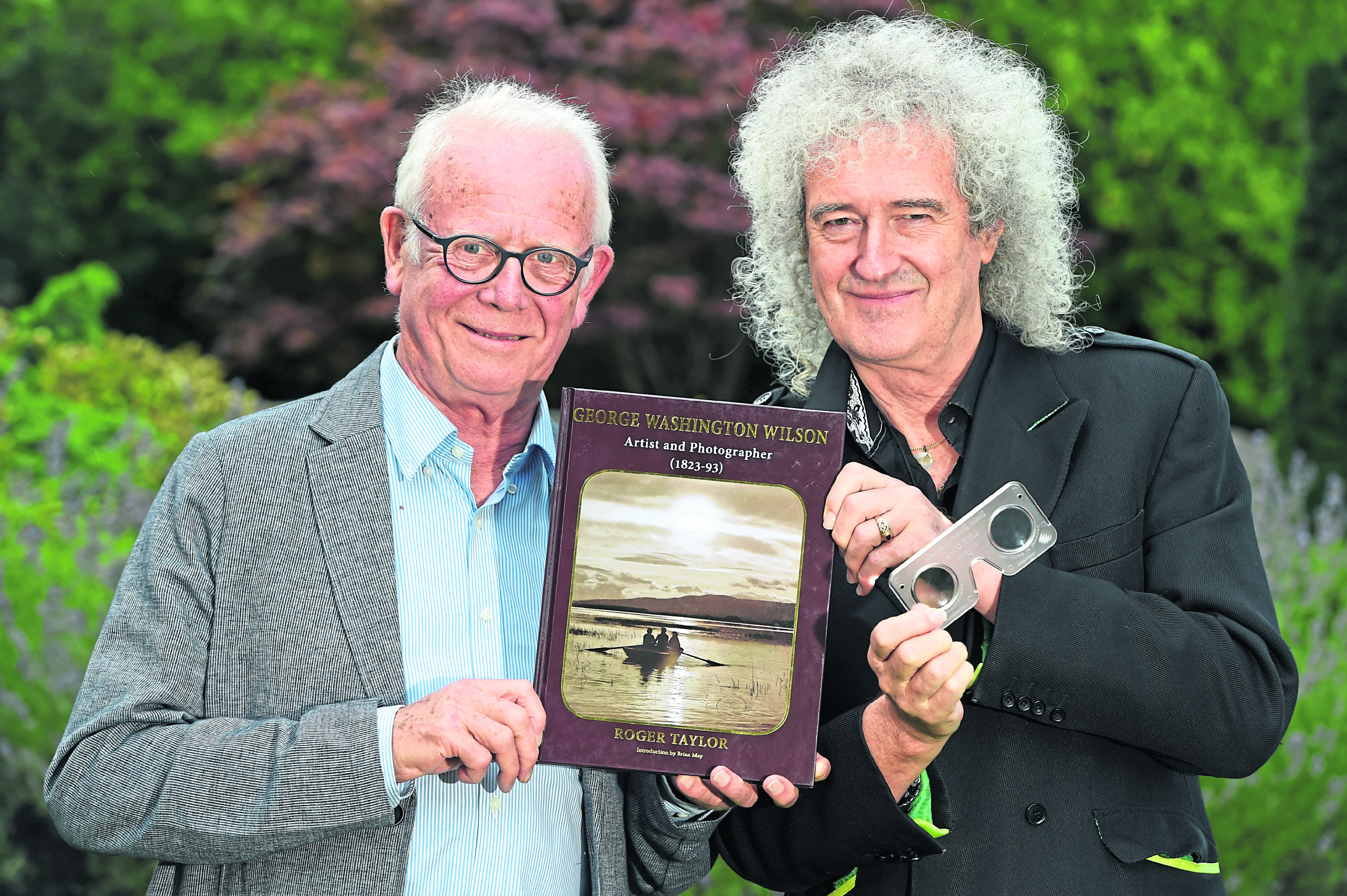
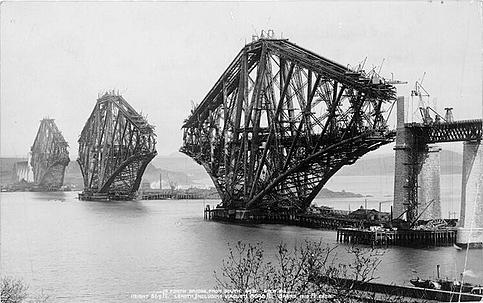
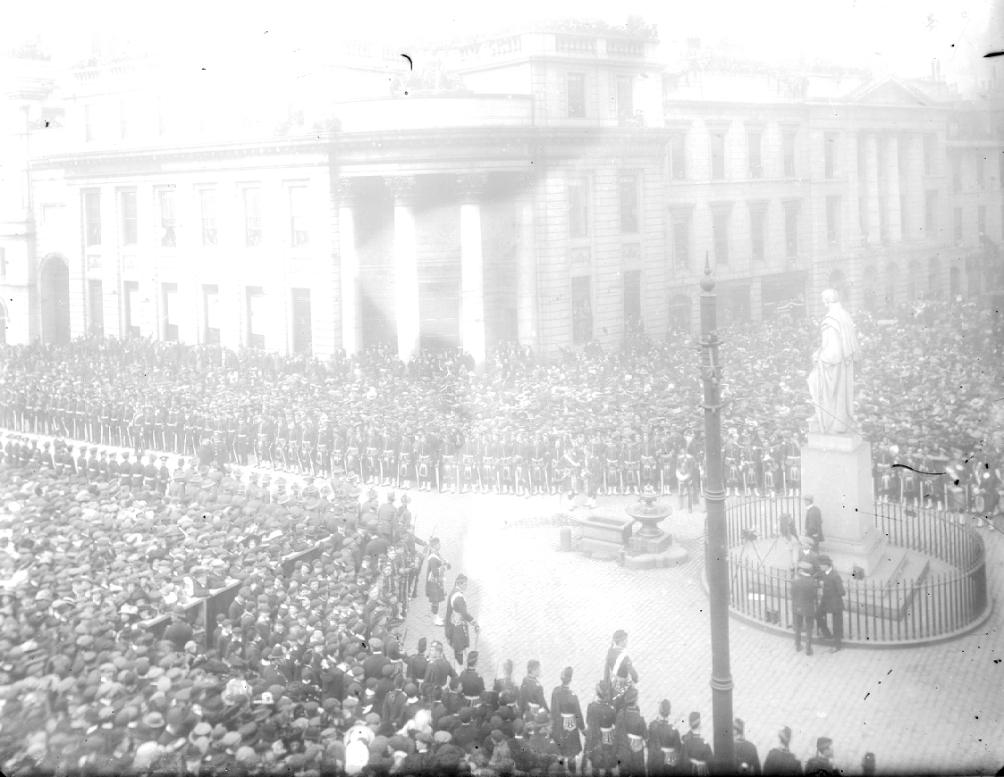
Conversation